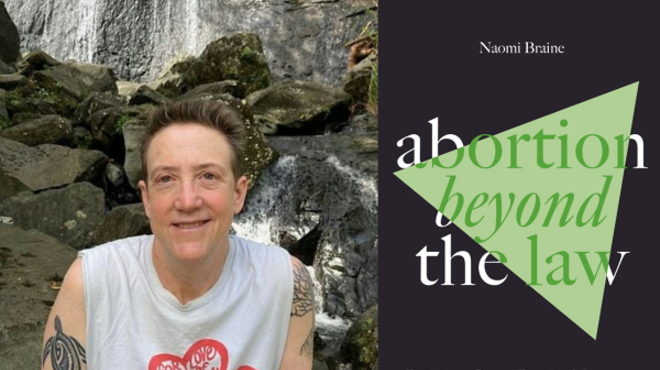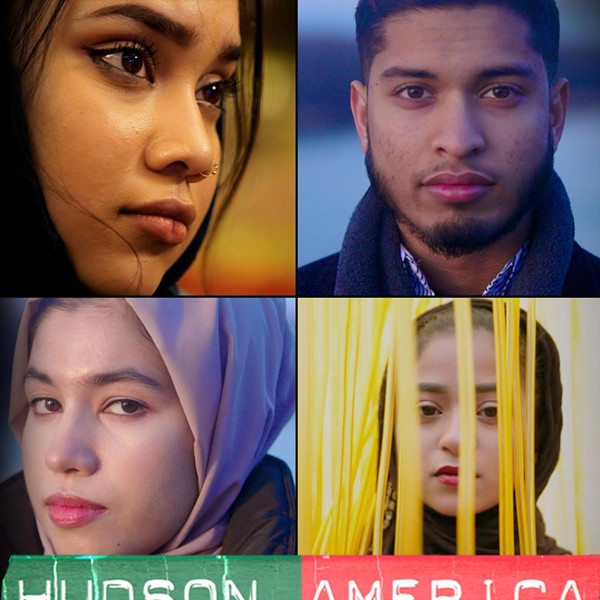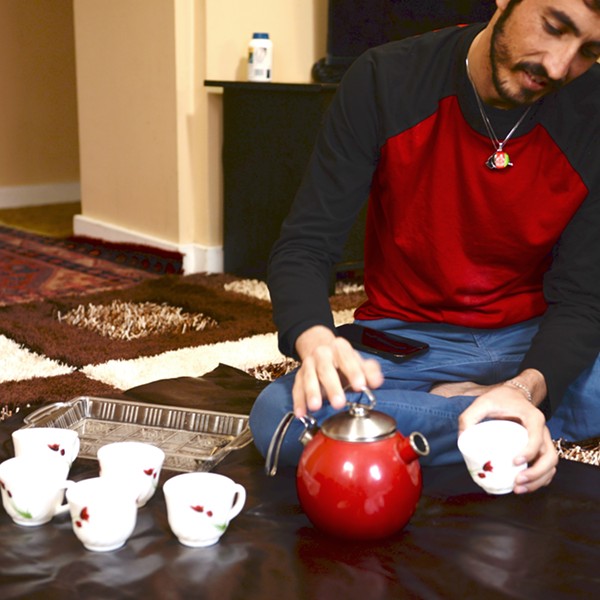A global industry
According to Andrea Bertone of Humantrafficking.org, a web-based human trafficking watchdog organization, due to the underground nature of this modern-day slave trade, truly accurate numbers of the mass of people trafficked and exploited annually are elusive, as are which countries have the worst human trafficking records.
“One thing that everyone agrees on is to take a victim-centered approach, meaning that, really, you should take the victim’s spin, and think from the victim’s perspective,” said Perkins of Vital Voices. This shift in perspective, combined with an increasing number of voices in the international nonprofit sector, is beginning to push the media and academics into giving a more in-depth look at the human trafficking industry.
Each country has specific issues that it must tackle and each country must tackle their issues differently. According to Humantrafficking.org’s Bertone, overall it can be said that countries with large migrant populations typically have the largest reports of abuse. Internationally, the US is the most progressive country in the fight against human trafficking, with the Bush administration, in particular, being the most aggressive. Although former president Bill Clinton signed the Trafficking Victims Protection Act of 2000 directly prior to his leaving office, incoming president George Bush was left to implement the act—a task he took on with great vigor.
The Trafficking Victims Protection Act led directly to the publication of the Trafficking in Persons Report, which addresses “severe forms of trafficking in persons” defined as: “(a) sex trafficking in which a commercial sex act is induced by force, fraud, or coercion, or in which the person induced to perform such an act has not attained 18 years of age; or (b) the recruitment, harboring, transportation, provision, or obtaining of a person for labor or services, through the use of force, fraud, or coercion for the purpose of subjection to involuntary servitude, peonage, debt bondage, or slavery.”
The US Trafficking in Persons Report places the countries in one of three tiers and one “watch list” subtier. Tier 1 is reserved for the countries whose governments fully comply with the minimum standards for the elimination of trafficking. Countries whose governments do not fully comply, but are making significant efforts are placed in Tier 2. Countries who fall under Tier 2 and have a very significant or increasing number of victims, fail to show increasing efforts to combat trafficking from the previous year, or have been assessed as making significant efforts to comply based on commitments to take steps over the next year are placed in the Tier 2 watch list. Countries that do not meet with the minimum standards and are not making significant efforts to do so are placed in Tier 3.
“Shaming and blaming”—a technique used by NGOs and governments alike, especially in cases where no legal recourse is available—has been used to point fingers at nonconforming countries by bringing intense media attention to issues within those countries that may not be on par with international standards. This negative spotlight “shames” the non-conforming country into adjusting its laws in order to reach the international standards or to avoid sanctions. With this report, the game of shaming and blaming begins and those governments who are affected by this technique will endeavor to be in Tier 1.
Western Europe, where almost all the countries fall into Tier 1, is next in line in terms of progressive action toward the trafficking of human beings. However, the focus on these countries is more on sexual than labor exploitations, according to Bertone. Western European countries not included in Tier 1 are Greece, where Albanian Roma children are trafficked and are forced to beg and steal; Malta, which is a destination country for sexual exploitation; and Portugal, where the exploitation of women from its former colony of Brazil is rampant. These countries are all listed in Tier 2, while some, such as Monaco and Liechtenstein, are not listed at all because of a lack of data.
Asia is next in terms of its progressive stance. This is due to interest generated in the 1980s to rampant child-sex tourism. All Asian countries, save South and North Korea (Tier 1 and Tier 3, respectively), fall into the Tier 2 category. Africa, with its internal conflicts and under-funded NGOs, lags behind, according to Bertone, as does South America, which is just now starting to develop NGOs. Data has been lacking on migration linkages between the West and South America. However, both Africa and South America have many of their countries falling into the Tier 2 category. As for the Middle East, where gender inequality is pronounced, most of the countries fall into the Tier 2 and the Tier 2 Watch List. Saudi Arabia, Iran, Uzbekistan, and Syria, however, have all been listed in Tier 3.















